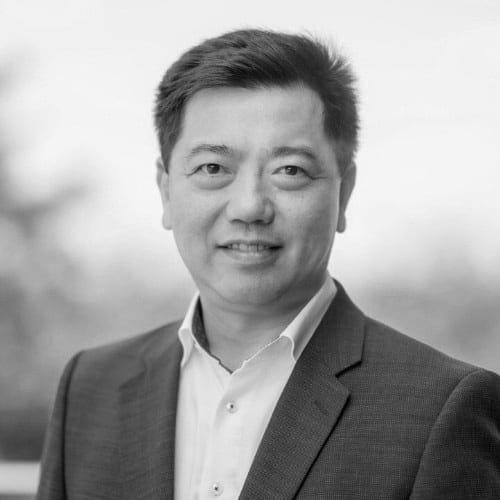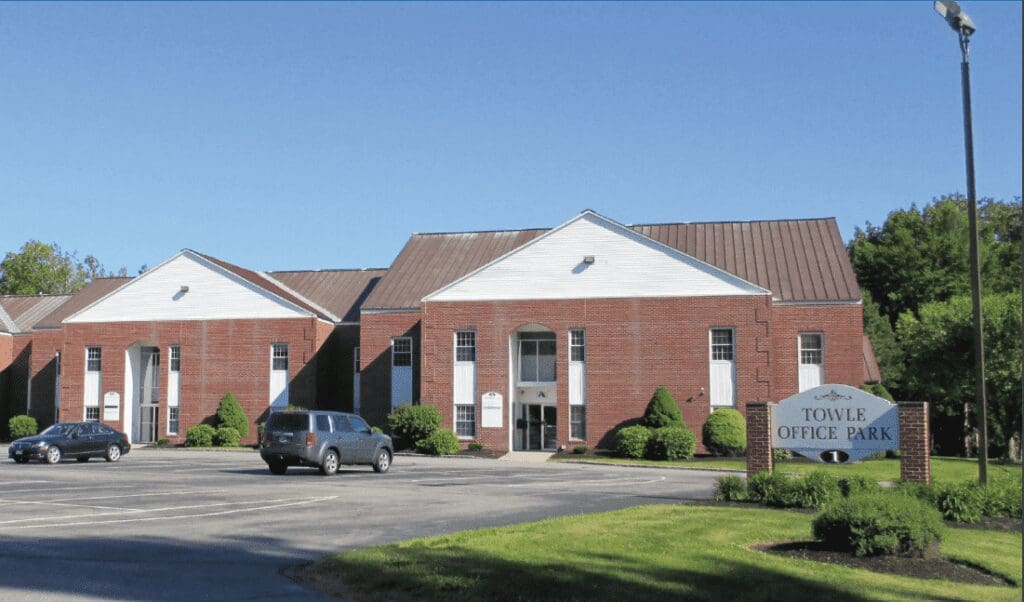At the start of 2020, we began talking about the artificial intelligence of things (AIoT) for the first time. Back then, the AIoT — the convergence of artificial intelligence and the internet of things — was full of potential, promising to revolutionise every aspect of life from smart homes, cities and healthcare to industry 4.0 and autonomous vehicles.
But like most industries in their youth, the AIoT faced significant barriers to its growth — both at a market level and at a device level. Electronics engineers outlined these barriers and what their device needs were in our report last year, entitled The Edge of Tomorrow.
But a year on how is the industry faring? Has the market progressed? Are the challenges becoming easier to surmount? Are we seeing the AIoT starting to gather pace? To discover the answers to these questions and more, we commissioned fresh research, culminating in our latest report — The Edge of Today.
The good news is that almost all challenges to the nascent artificial intelligence of things (AIoT) market have become easier to overcome in the past year thanks to significant advances in chip technology.
Where market-level barriers to the AIoT are concerned specifically, electronics engineers believe the industry has come a long way. Security, for example, was previously seen as a significant barrier because of how much sensitive data future AIoT-devices would be sharing with the cloud, risking hacks or leaks. But today, a considerably smaller proportion (31%) of engineers believe that data security and autonomy is a problem compared with last year (45%).
Connectivity was also identified as a market-level issue in 2020, preventing the AIoT from expanding its use to safety-critical applications, like autonomous vehicles or connected healthcare. In 2021, just 27% say that the potential of AIoT will be restricted by network bandwidth limitations (down from 38% last year) and only 26% say latency is a barrier (down from 32% last year).
Electronics engineers are also feeling more confident with regards to device-level challenges. 51% of electronics engineers want to add more on-device processing power (up from 40% last year), but now just 48% say that cost is a barrier to ramping up processing requirements, down from 64% last year. Concerns around design complexity with the AIoT and how to combine different classes of compute — signal conditioning, inference and classification, communications, control and connectivity — have also dissipated. Now, just 38% say design complexity is a significant barrier, down from 49% last year.
While barriers to the AIoT market still exist, what we’re seeing is the natural progression of a market as it begins to mature. Clearly, the AIoT has come a long way in the past year — driven in part by the pandemic, but also by significant breakthroughs in chip technology, like xcore®.ai, which single-handedly enables electronics engineers to address a whole host of market- and device-level challenges at once. Thanks to xcore.ai, device manufacturers can cost effectively embed intelligence within devices themselves, rather than rely on the cloud, which helps solve security, connectivity and scalability challenges in one fell swoop.
Once these challenges become even easier to manage, the possibilities for the AIoT are endless. At XMOS, we’re already seeing significant interest from smart home device manufacturers who are keen to add intelligence to devices without seeing costs spiral.
You can explore our research with more than 100 electronics engineers in more depth in our recently released report, The Edge of Today, which outlines the potential of the AIoT and examines the biggest market- and device-level barriers to unlocking the industry.



























